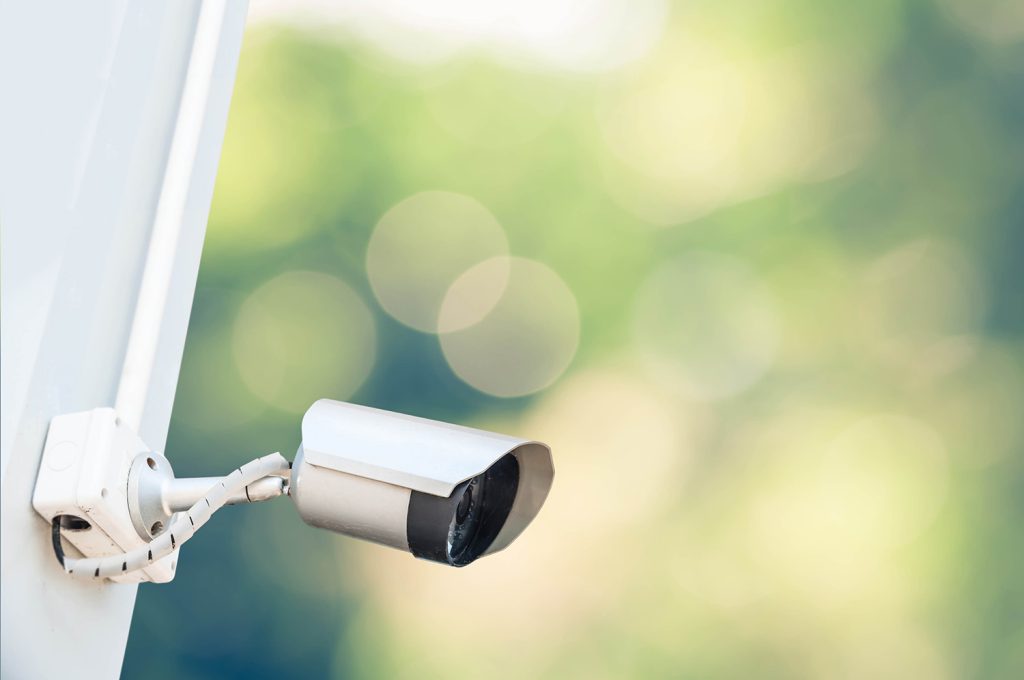Building security is an issue that is of great importance today, which is why the law requires that they comply with the Regulation of Surveillance Cameras and the RGPD and the regulation of fire protection facilities, to guarantee safety in public buildings.
Next, we will talk about the importance of security in public buildings and how they must comply with certain measures in relation to fire protection and in compliance with the General Data Protection Regulation.
What new fire prevention measures must our building comply with
On September 24, 2020, the update of the Technical Building Code (CTE) and the Basic Fire Safety Document (DB-SI 2) came into force after being postponed due to the state of alarm.
These documents contain new fire safety measures that will be implemented on newly constructed buildings and on those undergoing remodeling or renovation of their facades. These measures affect the reaction requirements of the materials used in the façades and in aspects that affect their thermal insulation.
Some of the highlights of this new regulation are:
Façade height
The application of the different standards collected will be carried out taking into account the height of the façade of each building (if the construction elements for fire protection cover an area greater than 10% of the total). Thus, the different fire insulation products SATE (external thermal insulation) will vary if the height of the facade is less than 10 meters (insulator D-s3, d0), from 10 to 18 meters (insulator C-s3, d0) or greater than 18 meters (insulator Bs-, d0).

Facility inspections
In reference to fire protection inspections existing in a building, they must undergo a first inspection 10 years after their implementation (with the exception of buildings smaller than 2000 square meters of residential, administrative or educational use; and less than 500 meters squares for commercial premises, public concurrence or parking lots).
For facilities that exceed 10 years, the following inspection measures are applied:
- Buildings between 10 and 15 years old will have three years to carry out the technical inspection.
- Buildings between 16 and 20 years old will have two years to carry out said inspection.
- Those buildings older than 20 years will only have a one-year margin to carry out the inspection.
Within the maintenance conditions of the security system, establishments or areas that are dedicated to an industrial activity must sign a maintenance contract before starting their activity.
Extinguishing and alarm media
Regarding security measures in public buildings related to the means of alarm and fire extinguishing, it is worth noting the need for the installation of elements such as fire extinguishers and fire blankets to be carried out by an authorized professional company (except in premises of less than 100 square meters or in single-family homes).
Regarding the location of the extinguishers, they will be fixed in areas where a fire is more likely to start and preferably on vertical supports, with the upper part of the same between 80 and 120 centimeters above the ground (the pushbuttons must be placed at the same height alarm).
The acoustic means of fire alarm must include a light signal if the noise in the place is greater than 60 decibels or there are deaf or hearing-protected people.
Regarding the revisions of the material and fire systems, a 25-year revision of the automatic sprinklers is added and expiration dates are established for the fire detectors, the hoses and the photoluminescent signs, of ten years.
Signaling
Indicative elements of protection against fire such as photoluminescent signs will have a useful life of 10 years, unless the manufacturer indicates otherwise. The regulations require that these signals be periodically reviewed to verify that they continue to maintain their characteristics.
High luminescence signs (class A) must be installed in areas for teaching, residential public or public use, being able to choose between class A and B for the rest of the uses of this type of signs. Very important for safety in public buildings.

How to comply with the GDPR in a building
Advances in technology have led to an increase in the use of video surveillance cameras in buildings in order to prevent crime (as a deterrent measure) or to discover vandals and criminals who attack the properties and areas of the building and its occupants. .
The new Data Protection Law is much more demanding with the images captured by video surveillance cameras, both inside and outside of buildings. These images are treated as personal data and therefore must be used guaranteeing the privacy of people.
One of the main aspects to take into account when using video surveillance cameras in a building is the prohibition of capturing images of the public highway, except in cases where its use is to guarantee security.
In the internal recordings of the building it should be reported that images of the area are being captured clearly. To do this, an information poster must be installed where information about the existence of the video recording system is provided.

The video surveillance system must have a person responsible for the treatment of the images who will be in charge of authorizing that people can access the content of the recordings.
The maximum time that recordings made in the building can be kept is 30 days (only 15 days for banks).
Safety in public buildings must be in accordance with the existing fire regulations to guarantee the safety of people in the event of a fire incident. Regarding the use of video surveillance cameras, it is important to take into account the regulations regarding the Data Protection Law to guarantee the privacy of people and avoid incurring an infraction that costs a high financial penalty.



